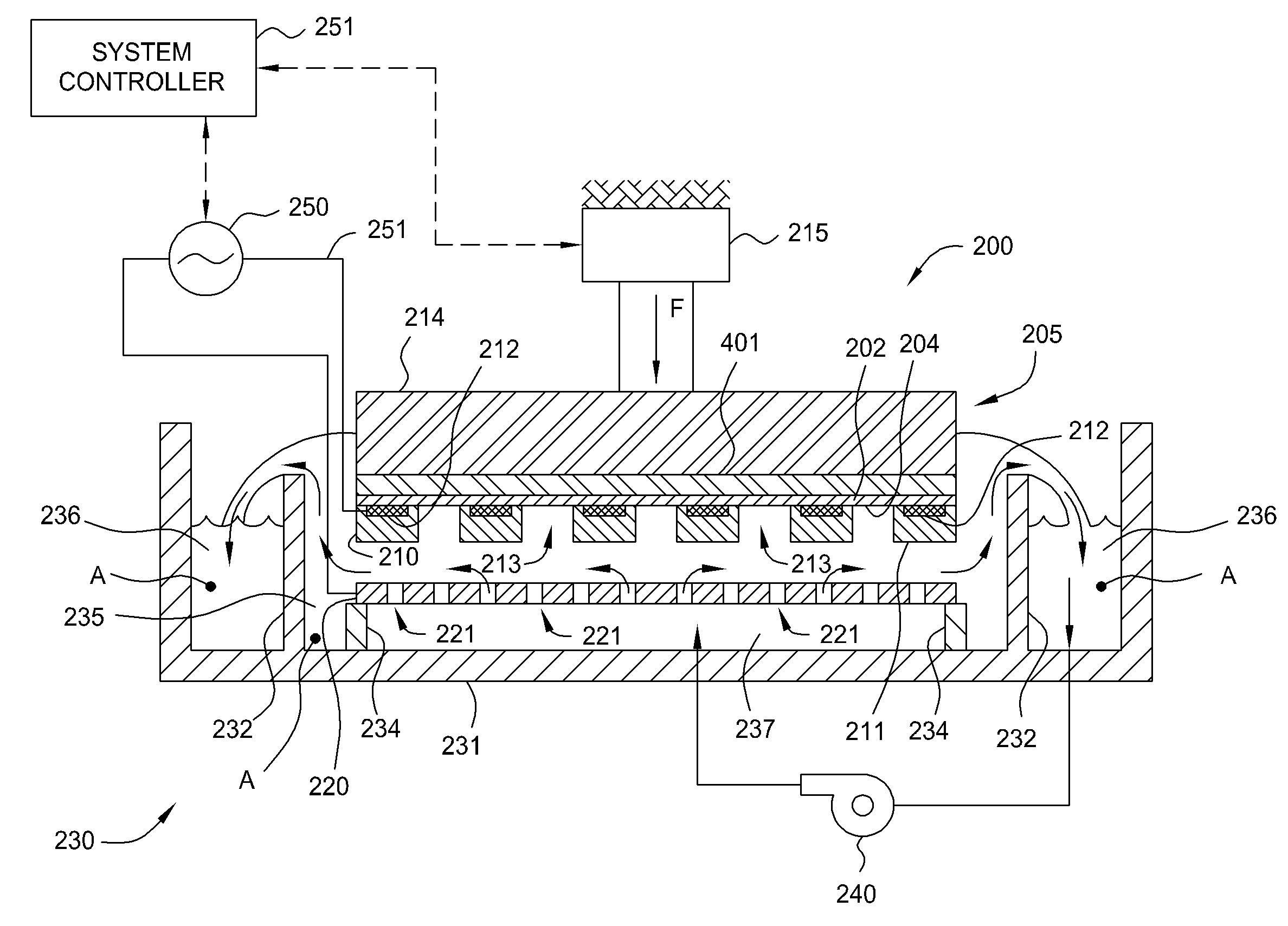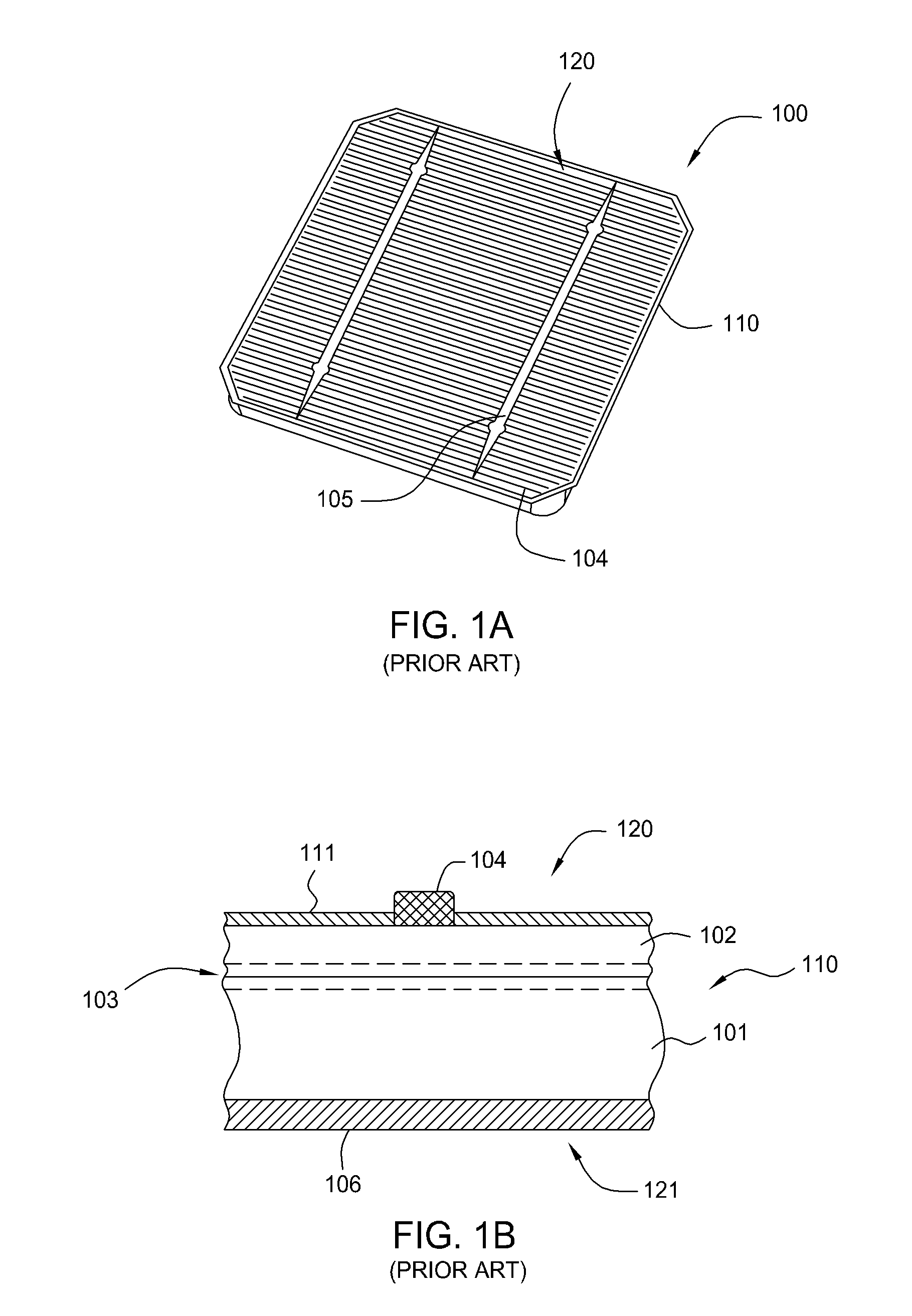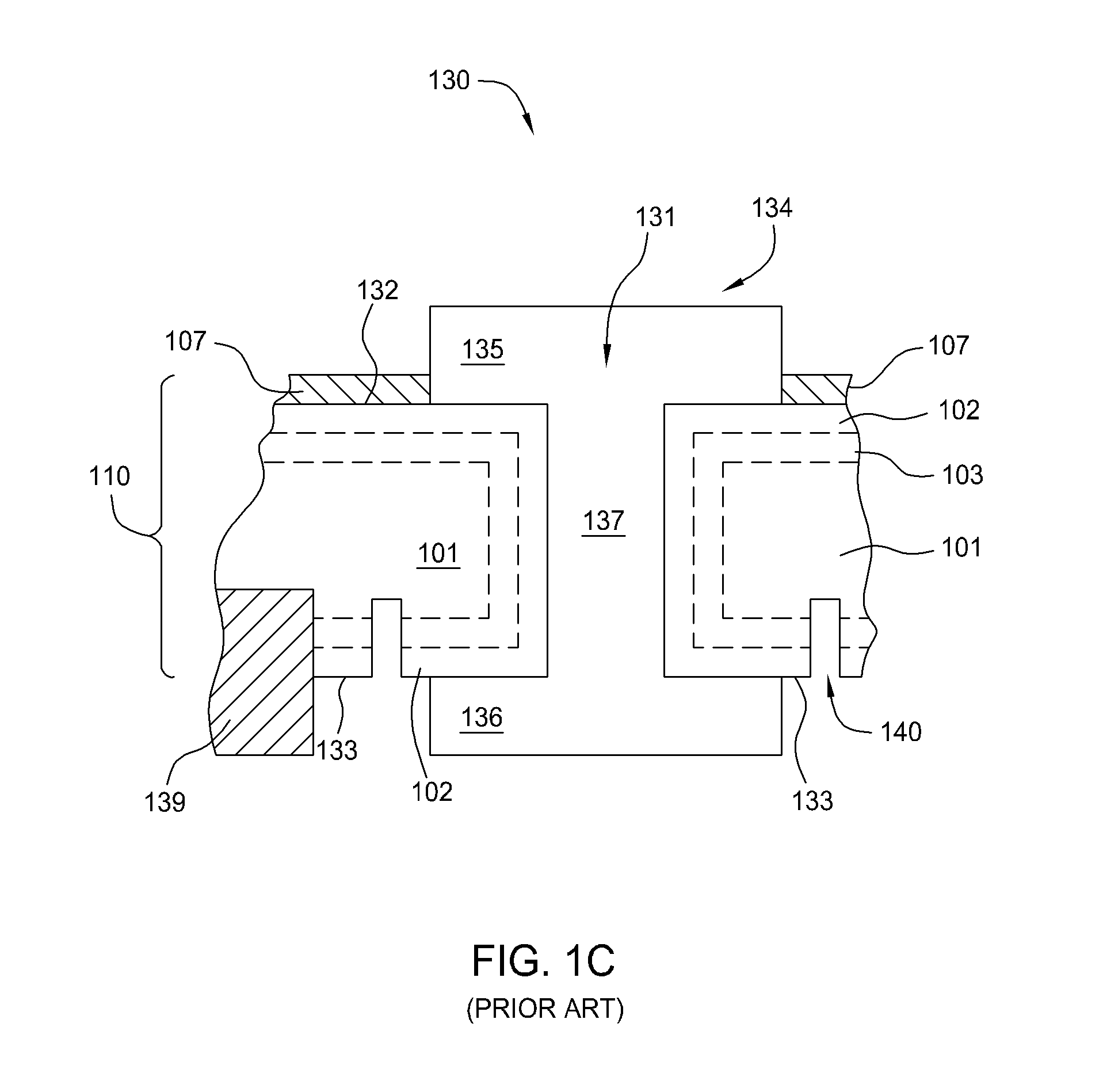Pulse plating of a low stress film on a solar cell substrate
a solar cell and substrate technology, applied in the field of pulse plating of low stress film on solar cell substrate, can solve the problems of loss of efficiency, discontinuous formation of grid electrode thin fingers, and increased resistive losses
- Summary
- Abstract
- Description
- Claims
- Application Information
AI Technical Summary
Benefits of technology
Problems solved by technology
Method used
Image
Examples
Embodiment Construction
[0031]Embodiments of the invention contemplate the formation of a low cost solar cell metal contact structure that has improved electrical and mechanical properties by use of an electrochemical plating process. Solar cell substrates that may benefit from the invention include substrates composed of single crystal silicon, multi crystalline silicon, poly crystalline silicon, germanium (Ge), and gallium arsenide (GaAs), as well as heterojunction cells, such as GaInP / GaAs / Ge or ZnSe / GaAs / Ge substrates.
[0032]The resistance of interconnects formed in a solar cell device greatly affects the efficiency of the solar cell. It is thus desirable to form a solar cell device that has a low resistance connection that is reliable and cost effective. As noted above, silver (Ag) interconnecting lines formed from a silver paste is currently the preferred interconnecting method. However, while silver has a lower resistivity (e.g., 1.59×10−8 ohm-m) than other common metals such as copper (e.g., 1.7×10−...
PUM
 Login to View More
Login to View More Abstract
Description
Claims
Application Information
 Login to View More
Login to View More - R&D
- Intellectual Property
- Life Sciences
- Materials
- Tech Scout
- Unparalleled Data Quality
- Higher Quality Content
- 60% Fewer Hallucinations
Browse by: Latest US Patents, China's latest patents, Technical Efficacy Thesaurus, Application Domain, Technology Topic, Popular Technical Reports.
© 2025 PatSnap. All rights reserved.Legal|Privacy policy|Modern Slavery Act Transparency Statement|Sitemap|About US| Contact US: help@patsnap.com



